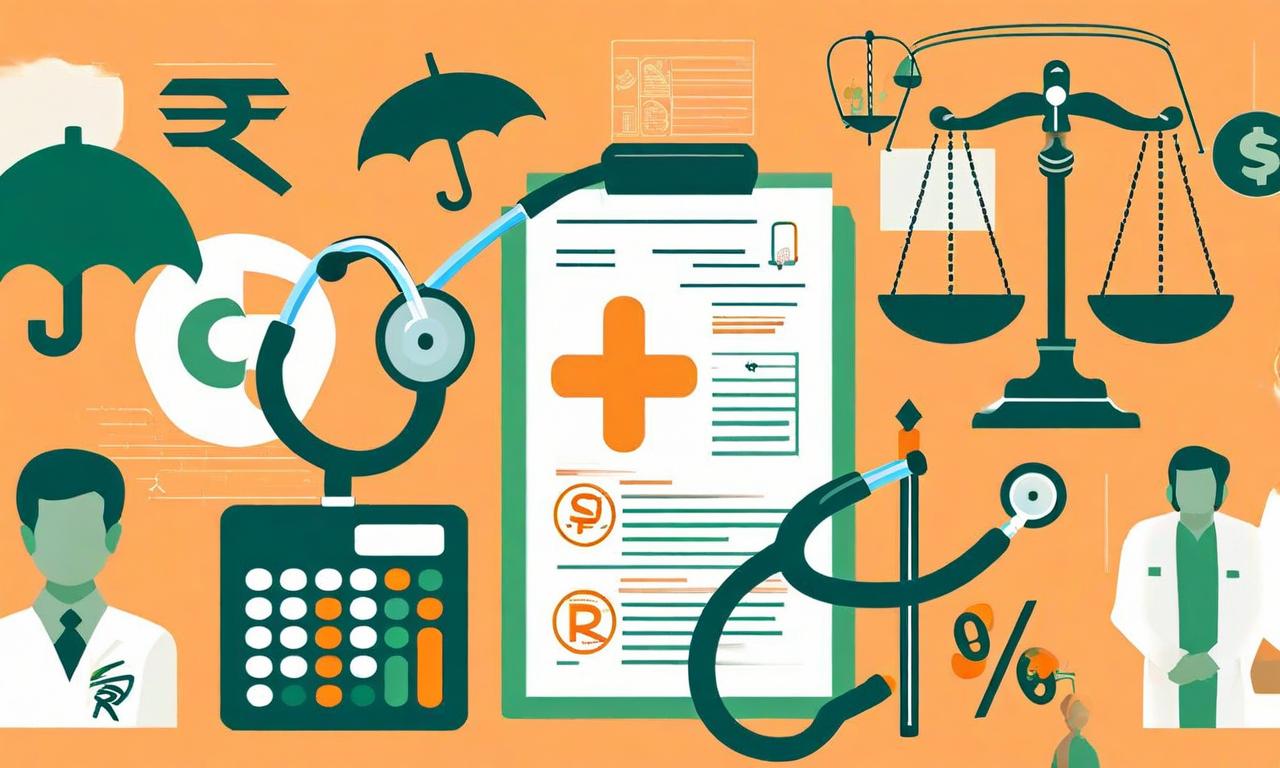Insurance Premiums May Rise 7-10% Despite Proposed GST Exemption
The Group of Ministers on insurance has proposed a GST exemption on health and life insurance premiums for individuals in India. However, this move could potentially result in higher premiums for policyholders due to the unaddressed inverted duty structure. Industry analysis suggests premiums might increase by 7-10% if the exemption is implemented without addressing this issue. The insurance industry is advocating for a balanced approach, suggesting a 12% GST with Input Tax Credit as a potential solution. Industry representatives plan to voice their concerns to key stakeholders, including regulatory bodies and the Finance Ministry.

*this image is generated using AI for illustrative purposes only.
The insurance industry in India faces a potential shake-up as the Group of Ministers (GoM) on insurance proposes a Goods and Services Tax (GST) exemption on health and life insurance premiums for individuals. However, this seemingly beneficial move could have unintended consequences, potentially leading to higher premiums for policyholders.
Proposed GST Exemption: A Double-Edged Sword
The GoM's proposal aims to exempt health and life insurance premiums from GST, a move that on the surface appears to benefit consumers. However, industry leaders have raised concerns about the lack of clarity regarding the treatment of the inverted duty structure. Without addressing this crucial aspect, the exemption could paradoxically result in premium increases of 7-10%, potentially dampening demand for insurance products.
The Numbers Game: Three Scenarios
An analysis of the potential outcomes reveals three distinct scenarios:
Current Scenario (18% GST with ITC):
Item Amount Gross Premium ₹100.00 Net Collection for Insurers ₹95.00 Proposed GST Exemption (without inverted duty structure):
Item Amount Gross Premium ₹100.00 Net Collection for Insurers ₹87.00 Deficit per Policy ₹8.00 Industry-Suggested Solution (12% GST with ITC):
Item Amount Gross Premium ₹100.00 Net Collection for Insurers ₹96.50
The Inverted Duty Structure Dilemma
The crux of the issue lies in the inverted duty structure. Without addressing this, insurers would face a significant reduction in net collections per policy. This financial pressure could force companies to increase premiums to maintain viability, potentially pricing out some consumers from the insurance market.
Industry Response
Insurance industry representatives are planning to voice their concerns to key stakeholders, including:
- The Life Insurance Council
- The General Insurance Council
- Insurance Regulatory and Development Authority of India (IRDAI)
- The Finance Ministry
Their primary message is clear: premiums will only decrease if the GST exemption is accompanied by an inverted duty structure.
Implications for Consumers
If implemented without addressing the inverted duty structure, the GST exemption could have the opposite effect of its intended purpose. Instead of making insurance more affordable, it could lead to:
- Premium increases of 7-10%
- Reduced affordability of insurance products
- Potential decrease in insurance penetration
The Way Forward
As discussions continue, the insurance industry is advocating for a balanced approach that truly benefits consumers while maintaining the sector's financial health. The proposed 12% GST with Input Tax Credit (ITC) appears to be a middle ground that could satisfy both insurers and policyholders.
As this situation develops, consumers and industry watchers alike will be keenly observing how the government addresses these concerns and what the final policy decision will entail for the future of insurance in India.
























